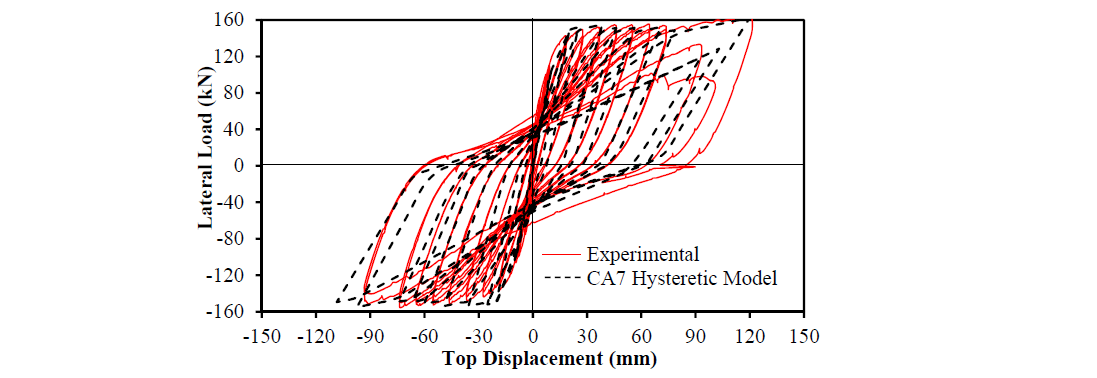1 Martini, Mascarin and George Chair in Masonry Design, Department of Civil Engineering, Hamilton, ON, Canada, eldak@mcmaster.ca
2 Ph.D., Department of Civil Engineering, McMaster University, Hamilton, ON, Canada, bantinbr@mcmaster.ca
ABSTRACT
In part one, a set of prescriptive design requirements for a new category of masonry shear wall is proposed based on synthesis of experimental data and verified with accepted theoretical analysis. In part two, a part of the ongoing effort of the CAN/CSA S304 committee to introduce and qualify new reinforced masonry (RM) Seismic Force Resisting Systems (SFRS) within the upcoming 2015 edition of the National Building Code of Canada (NBCC-2015). Within this research effort, this report gives details of inelastic dynamic analyses of an archetype building designed using the currently proposed Ductile Special RM wall as the SFRS. The building design is representative of a typical residential insulated concrete forms or reinforced masonry shear wall building with eight walls acting as the main SFRS in the N-S direction and a floor area of 900 m2. The 14 storey archetype building is first designed to meet the requirements of a Class C site located in Vancouver, B.C., Canada using the proposed Rd = 4.0 and Ro = 1.5 values. The building was subjected to a series of twelve synthetic ground motion records scaled to the Vancouver area design spectrum and different design alternative are proposed to limit the inter-storey drifts to 2.5% (NBCC limit for general buildings) or 1% (NBCC for post-disaster buildings). The inelastic dynamic analyses conducted using the non-linear dynamic analysis code CANNY shows that Ductile Special RM shear wall building designed using the proposed Rd=4.0 and Ro=1.5 values can be designed to meet different drift limits specified by the NBCC. This and similar analyses along with the growing experimental result database of this category of walls, are expected to facilitate adoption of such SFRS as an attractive solution in mid-rise construction in Canada, similar to the USA and New Zealand, in the very near future.
KEYWORDS: boundary elements, confinement, design codes, seismic design, shear walls
363.pdf



